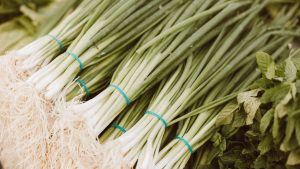Last Updated on August 10, 2023 by teamobn
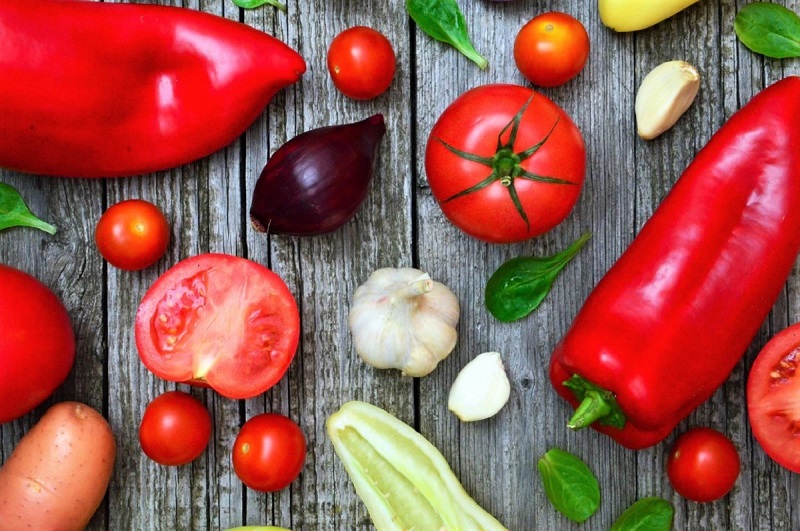
Gardeners who tend small gardens can enjoy a more diverse and abundant harvest by growing two or more crops in the same area. This is called garden intercropping and it is an excellent way to increase yields in a small gardening space. Obviously, this gardening practice requires thoughtful preparation, extra work, and familiarity with the vegetables you want to plant together.
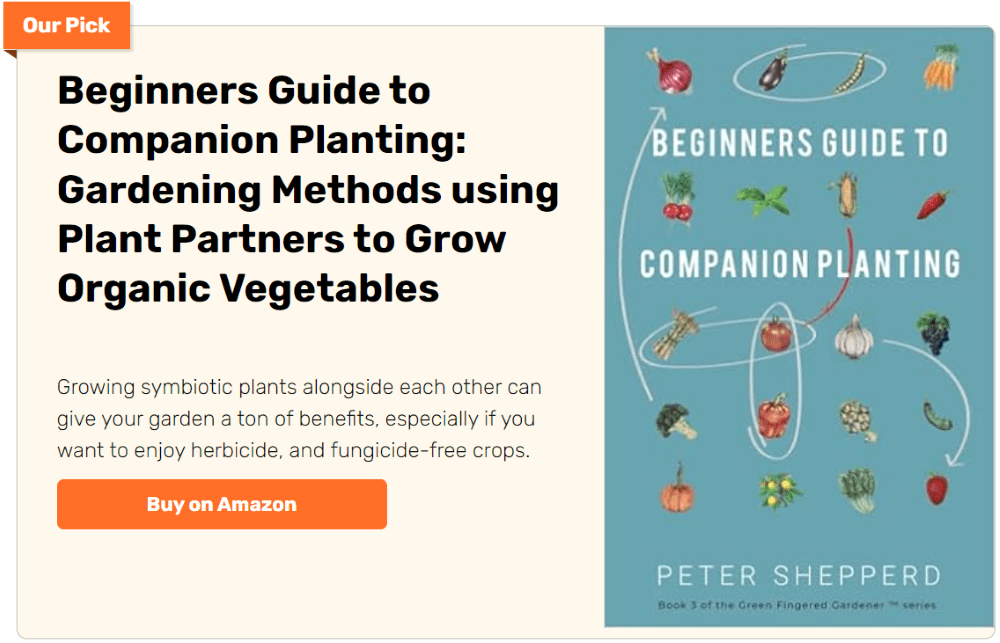
Is it worth the effort? By allowing gardeners to grow many different crops in smaller areas, garden intercropping reduces open spaces that may otherwise capitulate to weeds. The practice also improves soil fertility and promotes beneficial symbiosis among different species, including pollinators and micro-organisms in the soil.
How to Start Garden Intercropping
Contents
You can devise a vast number of garden intercropping combinations, building a strategy around different plants that grow well in close proximity to each other. Start the planning process with a schematic outlining of the plant space, then choose the plants you wish to grow together. Plan carefully.
To succeed, you will need to consider such details as topographical challenges, the length of time your plants need to mature, and necessary spacing.
Read seed packet labels to find out how much space is necessary for each plant and the distance between each one. Then you can choose among several types of planting arrangements and combinations.
The Importance of Planning
Be sure to base your combinations on thorough research. Consider growth rates above and below ground. In a poor pairing, one plant is likely to thrive at the expense of the other.
For example, onions, leeks, and garlic establish root systems that will most certainly rob nutrients from beans and peas. In contrast, you can grow crops that root deeply – such as parsnips and tomatoes – with shallow-rooted vegetables such as broccoli and lettuce.
Plan the space as much as you plan the crops. Vegetables such as carrots, and rutabagas need less space above ground than they do below. You can grow them in between any number of plants, including cabbage, broccoli, peppers, and kale.
You can seed closely spaced rows, plant along the edges of beds, or simply intersperse in whatever nooks and corners are available.
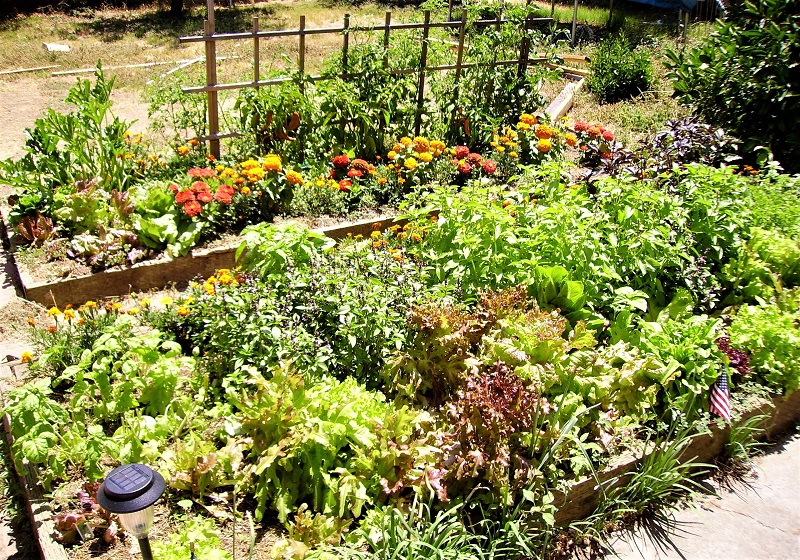
Timing and Plant Maturity
You may also build a garden intercropping strategy around timing and plant maturity. For instance, you may need to plant cabbage and cauliflower early in the season, but they won’t begin to fill out for at least six weeks. While these crops are small, you can use the space between them to sow quick-maturing vegetables such as spinach, arugula, or beets.
Meanwhile, young summer squash and leeks will all allow ample room for a rapid round of radish, scallions, cut-and-come-again salad, or baby turnips.
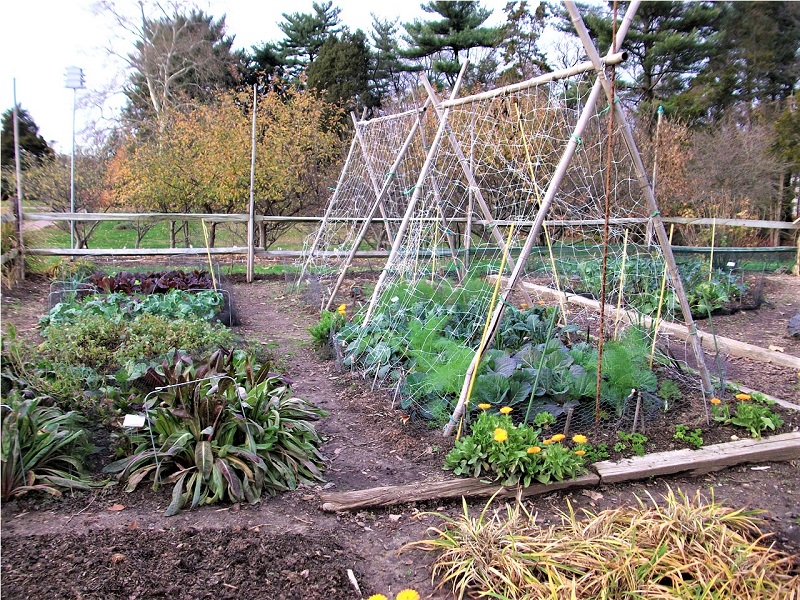
The Three-Sisters Method
You might also take advantage of the shading from tall crops like tomato and corn to plant lettuce, spinach, endive, mizuna, or celery underneath them. The indigenous peoples of North America regularly grew maize, beans, and squash together. Crop scientists have been studying the advantages of this “three-sisters” method for decades.
The practical benefits promised by the “three-sisters” technique are simple and obvious. The maize grows first, providing a stalk for the beans, which reach upward for access to the sun. The squash plant grows low to the ground, shaded by the beans and corn, keeping the weeds from the other two plants.
When done correctly, the system works exceedingly well. Historical records show that, as late as 300 years ago, Native American corn farmers were outperforming European wheat growers.
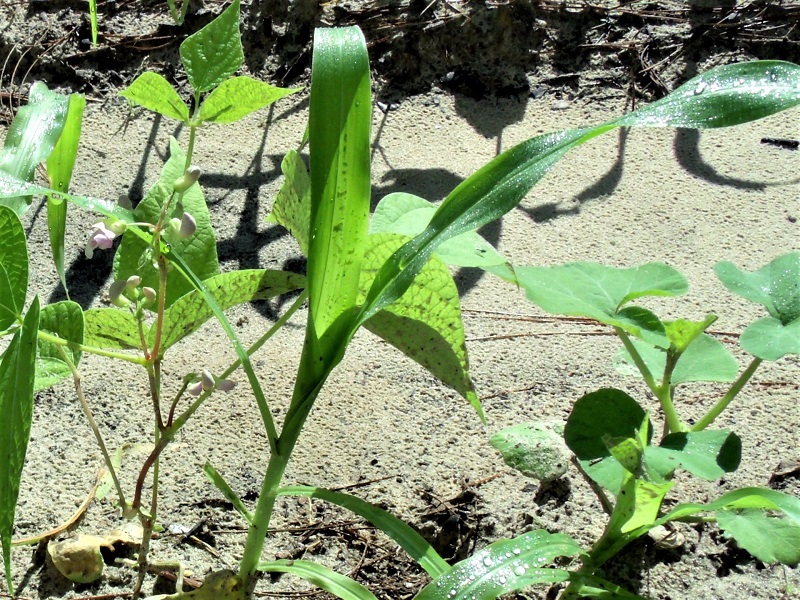
The best garden intercropping strategies tend to fulfill multiple roles. The most fruitful combinations provide mutual pest control while exploiting harmonious root growth, space, leaf structure, and plant feeding habits.
Experts recommend alternate spring, summer, and fall crop combinations to allow vegetable gardeners the fullest potential of their gardens.

